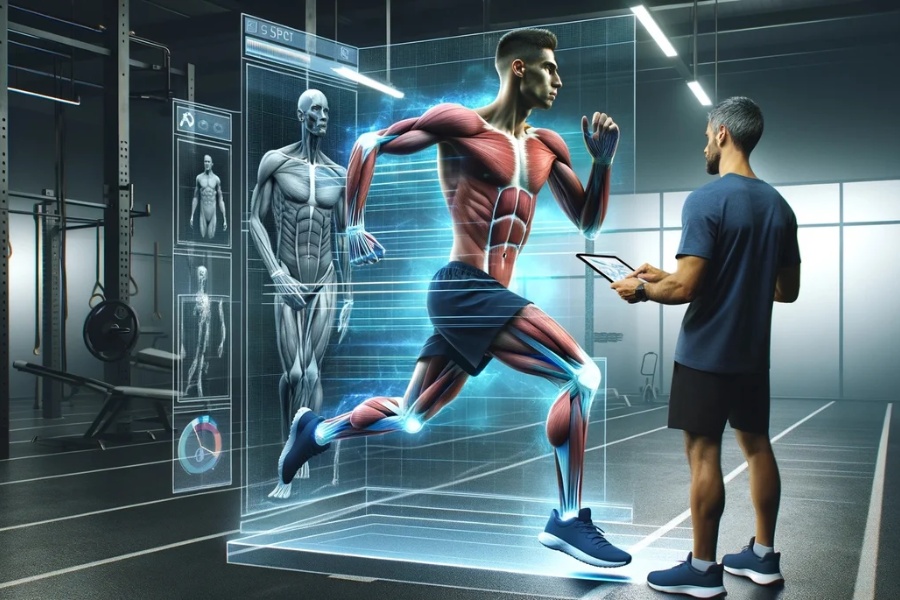
The Evolution Of Athlete Training Modern Techniques And Innovations
One of the most transformative developments in athlete training is the use of wearable technology. Devices such as fitness trackers and smartwatches provide real-time data on metrics like heart rate, sleep quality, and physical activity. These insights allow athletes and coaches to tailor training programs with precision, ensuring that each workout maximizes benefits while minimizing the risk of injury. By monitoring recovery times and stress levels, wearables help athletes strike a balance between pushing their limits and allowing adequate rest.
Another key innovation in athlete training is high-intensity interval training (HIIT). HIIT involves short bursts of intense exercise followed by brief recovery periods, making it an efficient way to improve cardiovascular fitness and burn calories. This method is particularly popular among athletes who need to build endurance and explosiveness without spending long hours in the gym. HIIT’s versatility allows it to be customized to suit various sports, from sprinting to basketball.

Nutrition has always been a cornerstone of athlete training, and modern approaches emphasize personalized nutrition plans based on individual needs. Nutrigenomics, the study of how genes interact with diet, enables athletes to optimize their nutritional intake for better performance and recovery. Tailored diets that account for genetic predispositions can enhance muscle growth, boost energy levels, and speed up recovery times, giving athletes a competitive edge.
Moreover has become an integral part of athlete training. Techniques such as visualization, mindfulness, and cognitive-behavioral therapy help athletes maintain focus, manage stress, and build mental resilience. Understanding that peak performance is as much a mental challenge as a physical one, modern training programs incorporate psychological tools to prepare athletes for high-pressure situations.
The evolution of athlete training is characterized by the integration of technology, advanced workout methods, personalized nutrition, and mental conditioning. These innovations not only enhance athletic performance but also contribute to overall well-being, setting the stage for future generations of athletes to reach new heights in their respective sports.
Related Posts

New Era Of Stadium Construction Innovations And Trends

NBA Season Heats Up With Surprising Performances And Key Trades
